Connected Conservation: How Cisco And NTT Are Partnering To End Endangered Species Poaching
Using technology, a 140,000-acre animal reserve in South Africa has been able to reduce poaching of the endangered rhinoceros by 96 percent within the first year of the project, Doc Watson, one of the founding members of NTT's Dimension Data, tells CRN.
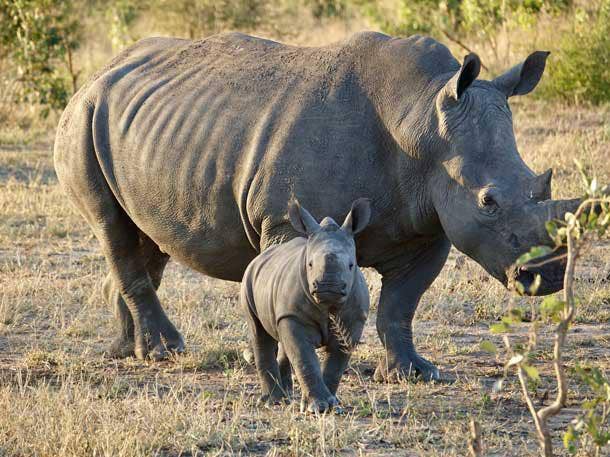
Harnessing Technology For Good
Rhino horn is the most expensive item on the black market today, according to Bruce "Doc" Watson, group executive, Global Cisco Alliance at NTT and one of the founding members of NTT's Dimension Data.
Dimension Data, a South Africa-based subsidiary of parent company NTT and No. 13 on the 2019 CRN Solution Provider 500, is one of Cisco's largest partners globally. South Africa in 2015 estimated that rhinos, an endangered species, were being killed by poachers every eight hours. At that rate, the rhinoceros would be extinct by 2025. In response, Dimension Data and Cisco partnered to launch their Connected Conservation initiative four years ago. Its first task? To save the rhinos.
And with a 96 percent reduction in poaching within its initial project site, that's just what the two companies have done. Watson and Dave Ward, Cisco's chief technology officer of engineering and chief architect, talked to CRN about their Connected Conservation partnership, the successes and challenges of the first project, and how Cisco and Dimension Data plan to team up for many more techno-conservation projects coming down the pike. What follows is their story.
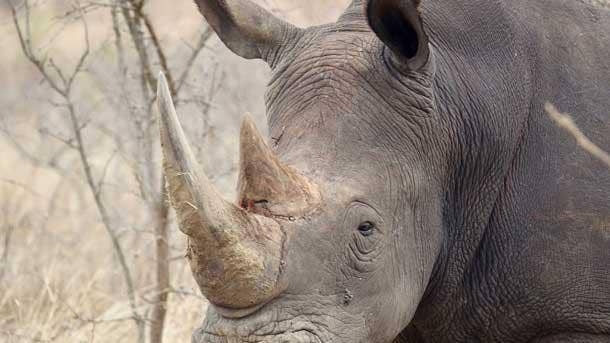
The Partnership
At a meeting during Cisco's 2015 Partner Summit, Watson told then-Cisco CEO John Chambers and Chuck Robbins, former channel chief and current CEO, about South Africa's illegal poaching crisis. Chambers "wholeheartedly agreed" that it was time to do something about it, and the Connected Conservation partnership between the two companies was formed, Watson explained.
Watson and Ward began working together that year to assess the needs of the first project's site -- a 140,000-acre private animal reserve adjacent to the Kruger National Park in South Africa. The two very quickly realized that because of its remote location, only very basic technology infrastructure and access control, manual security processes, and a very limited communication network, a proactive, full technology solution would be required.
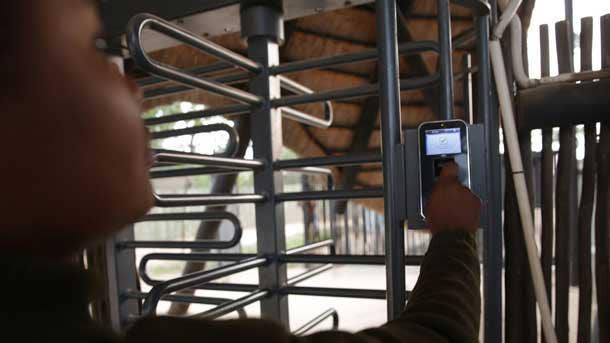
The Technology
A proactive solution didn't mean tagging or attaching sensors to the rhinos and finding out the animal was lost when it was too late once the sensor stopped communicating. Instead, Cisco and Dimension Data decided that to be the most proactive, they would need to monitor human activity in real-time to prevent poachers and criminals from entering the park.
The reserve has four pedestrian gates, three of which allow vehicles. The western boundary has a 55-mile electrified fence and the interior of the reserve has no fencing so that the animals can roam freely. The two companies created a Reserve Area Network within the reserve. Cisco brought in closed-circuit televisions and thermal cameras for each of the four gates, acoustic fiber running along the electrified fence, and long-range wireless technology throughout the interior of the reserve. Dimension Data handled the systems integration work. Anyone entering the reserve must give their vehicle registration and IDs to be crossed-referenced with the national database.
The technology feeds into a control center, which is manned 24/7 by two people at a time. The technology inside the control center can also be monitored via a mobile device to rangers in the field, Watson said.
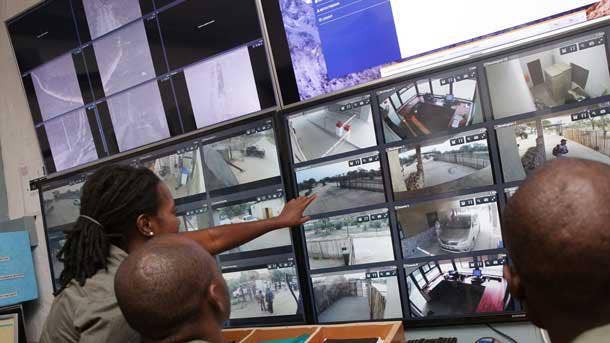
The Analytics
In addition to the gear, Connected Conservation relies heavily on the power of surveillance data, machine learning, and analytics. Data collected by the technology distributed through the reserve all go into a data center where analytics are run to correlate different events, Ward said.
"As our two companies have continued to co-innovate together, particularly in this Reserve Area Network, we've managed to overcome some very challenging problems -- like identifying humans in less than ten pixels on a thermal-imaging camera and identifying humans as different than an Ostridge or any other animal," Ward said.
As Cisco and Dimension Data scale out their Connected Conservation efforts in other remote areas under challenging environmental conditions, they will continue to train and improve the analytics so that they can be applied in other countries and use cases, Ward added.
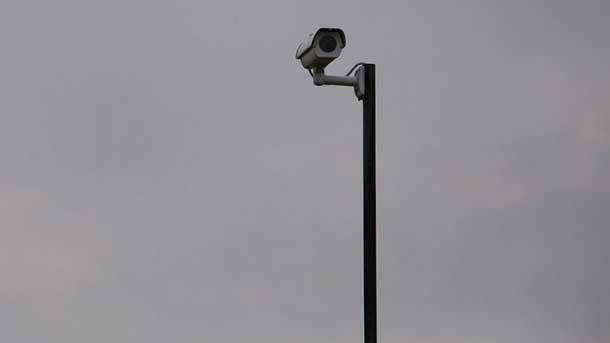
The Challenges
"As it turns out, a spider's favorite place to spin a web in Africa is directly in front of a surveillance camera lens," Ward said. When the crew wasn't trying to prevent insects from getting inside the technology or larger animals from interfering with a piece of hardware, they were also dealing with water, dryness, and extreme temperature swings. The sensors available on the market today, for example, are most often created for urban environments, not the African bush, Ward said.
Dimension Data had to build out new power infrastructure within innovative, steel poles in the South African reserve that could withstand interference from large animals, such as elephants, as well as human interference. Caging had to be built around many of the ruggedized cameras and routers, Watson said.
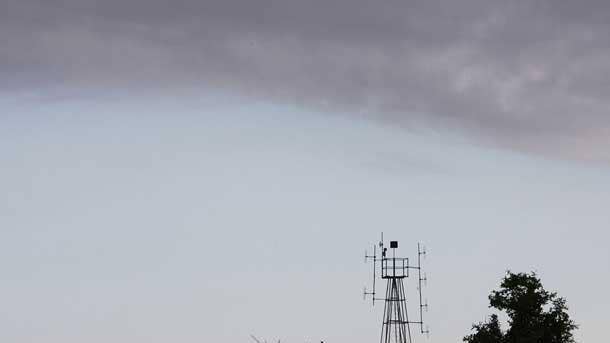
The Results
The technology can sound the alarm for a variety of events, like if someone gets out of a vehicle or a fence is cut, which can then result in teams on the ground and via helicopter to be dispatched. The reserve has been able to catch poachers in the act on and intercept them before they get to the animals on numerous occasions since the deployment of the solution, Watson said.
"We have reduced our response times from 30 minutes down to seven minutes anywhere in the reserve," he said. "In the first year of operation, we reduced poaching by 96 percent. From January 1, 2018 to August 7 [2019], we had no rhinos poached."
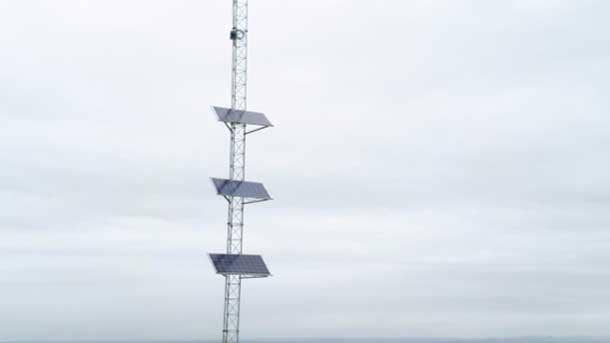
Future Goals
Together, NTT/Dimension Data and Cisco have ambitious plans to scale the techno-conservation solution beyond saving the rhino. The two companies have 51 projects in the works, Watson said.
The second and third projects that the two companies are currently working is reducing illegal fishing on a lake in Zambia and bringing the same solution used in South Africa to Northern Kenya to reduce animal poaching. From there, Cisco and Dimension Data will launch conservation solutions within Tanzania, Zimbabwe, Uganda, and the Ivory Coast to protect elephants, lions, and pangolins -- scaly anteaters -- in addition to rhinos.
The companies are also expanding beyond Africa. There are projects lined up to bring conservation solutions into two tiger parks in India, to protect jaguars and mountain lions in South America, and whales and sharks from poachers in New Zealand.
"Expanding this project beyond the first installation is important because we are trying to find the applicability across ecosystems and species," Ward said. "Watson and I want to figure out if we can scale this and share data so we don't have to start from zero."